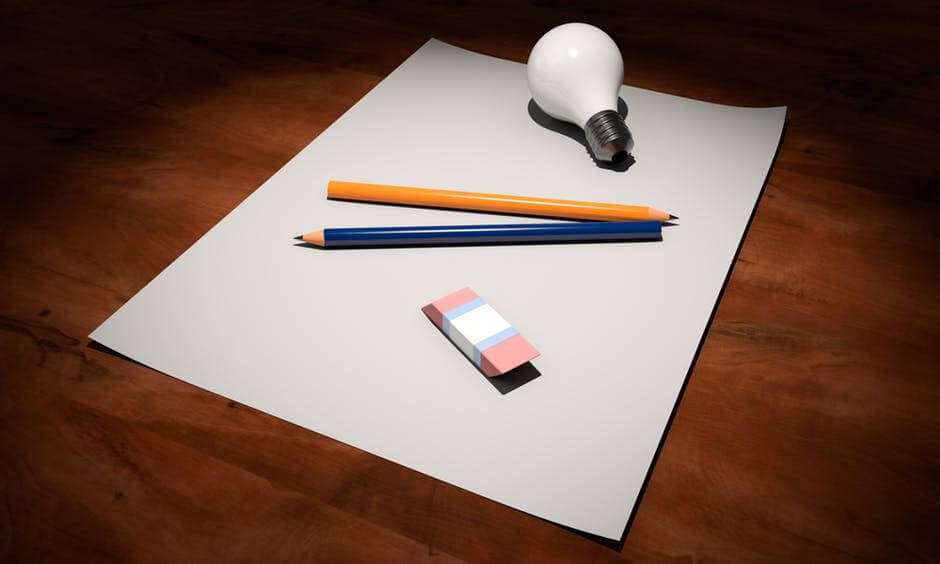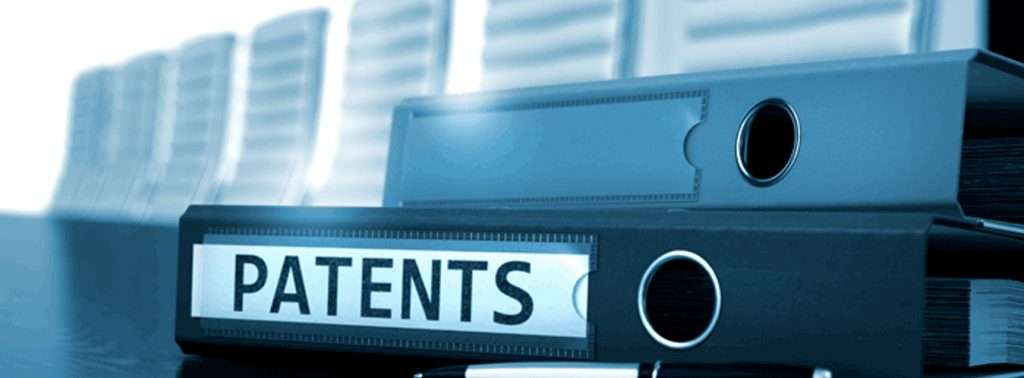And what is to be put up in the utility, design, the provisional patent application is very important as all require similar elements but the utility patent application have the most requirements. The application of patents generally consists of the complete application, drawing and the filing fee, the oath or declaration.
Oath or Declaration
you must assume a declaration before you file for a patent application. The declaration clearly states that you and your co-inventors actually invented the invention, that you have read the application and it is very accurate that you will disclose with the patent office any and for all information relevant to the patent. The oath must be signed by the inventor and notarized. 
If you break your oath you are committing fraud. If you fail to disclose all relevant information with the office then it is within their right to invalidate your patent, even if it has been issued. Before signing the application confirm that it has been checked and is correct, includes the proper name of all the inventor and that you are making available to the patent office any and all relevant prior art.
Applicant
For the private investor, the applicant is the same as the inventor that is you own your own patent. But if you are an engineer for a company or researcher at the university the organization owns it. Always consider making sure that you and your own co-inventor are not obligated to give the patent right to the employer or partner.
Specifications
- Both divisional and design patent application require specification but the requirement for the utility patent application specification are far more numerous.
- Title, a good title is technically descriptive identified the field of the invention is brief.
- Related application: if your patent application is related to prior filings, like the provisonal application then you must identify it by serial number.
- Abstract: A brief description of how the invention works, one paragraph and one separate sheet of paper.
- Background: In two parts a description in the field of invention and description of relevant prior art, which contains the included patent and problems related to the invention.
- Brief Summary: a summary than the abstract, the brief summary can describe the problems solved by the invention and should convey what invention is and how it actually works.
- Brief Description of the Drawing: the drawings should contain very small description beneath it.
- Detailed Description: The long detailed description of the specification is the most effective way of explaining in the way a patent is to be used by the inventor and either way in which the patent could be used.
- Claims: Claims on their own page and are where you stake out the novel part of the invention.

Claims
Claims are the most important part of the patent. If someone is making, using , selling or offering for sales or importing your invention as described by claims of issued patents. Then that person is infringing your patents. A claim looks like a sentence but with a lot of semicolons and indentions. for example;
1. A device for opening a can comprising:
a formed body with an ergonomic handle;
a turnable dial connected to a bladed wheel; and a lever to eject a cut can.
The more limitation included in the claim the more specific and harder to enforce the patent becomes. The claim above is the independent claim because it references no other claim.
2. The device of claim1 further comprising an ergonomic sphere removably attached to the turntable dial. A dependent claim adds focus to the patent application.
Drawing
Drawing are not compulsory for patent filing but the examiner may require the inventor to submit drawings if the nature of the invention is such that the drawing if the nature of the invention is such that the drawing would help the examiner understand the invention. The drawing must meet the certain standard:
a. Drawings should be in black and white.
b. The lines must be solid and clear.
c. The USPTO requires India ink or its equivalent so that lines are dark and are solid.
d. Color drawings are generally not allowed but are allowed when they are necessary.
e. Color drawings must be detailed and must be reproducible in black and white.
f. Similarly, photographs are not normally allowed for utility applications but can be allowed if the subject matter calls for it.
New Matter
A filing date is a big deal already. When you negotiate your claims with the USPTO you are constrained with your understanding of the invention as of the date that you filed it. You can do additional experiments to validate what you understood when you filed your patent application but you cannot add any new matter to the specification.






